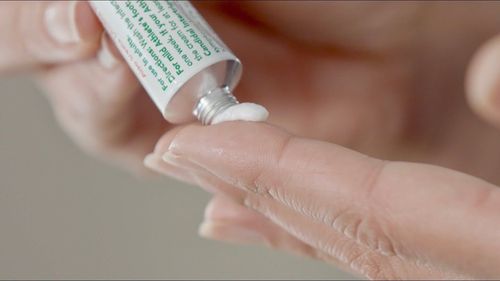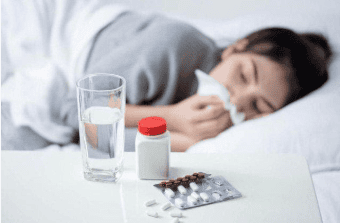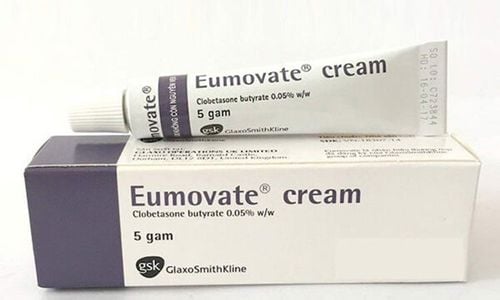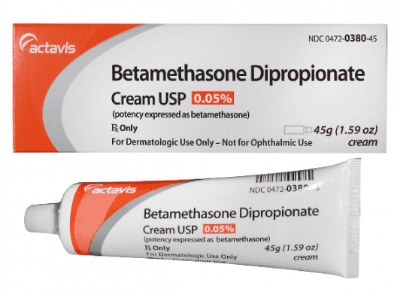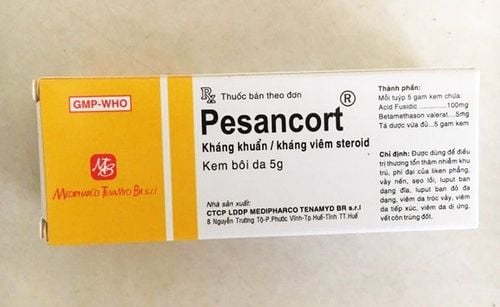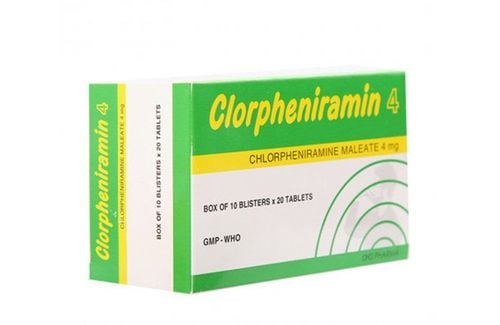This is an automatically translated article.
Consumers can find many phenoxyethanol-containing cosmetics on the market today. So what is the effect of phenoxyethanol in cosmetics, is it safe to use?1. What is Phenoxyethanol in cosmetics?
Phenoxyethanol is a chemical solvent, which is liquid, greasy and slightly sticky, with a mild fragrance like the smell of roses, used in many cosmetics today.Consumers may see the ingredient phenoxyethanol listed in cosmetics under several names: ethylene glycol monophenyl ether, PhE, arosol, 2-Phenoxyethanol, phenoxetol, phenoxyethyl alcohol, rose ether, beta-hydroxyethyl phenyl ether, ...
Phenoxyethanol is added to cosmetics to help preserve the product or used as a stabilizer to limit spoilage or reduce the quality of other ingredients.
Phenoxyethanol can be found in the ingredient lists of many care, personal hygiene and cosmetic products such as: perfume, foundation, blush, lipstick, soap, antibacterial hand sanitizer, gel supersonic, ...
2. Why do manufacturers put phenoxyethanol in cosmetics?
Phenoxyethanol is added to cosmetics by manufacturers for the following purposes:Stabilizer: Phenoxyethanol is used as a stabilizing active ingredient in cosmetics such as perfumes and cleaning products, soaps. Preservative, antibacterial: Phenoxyethanol is used as a preservative or antibacterial in other cosmetics so as not to damage or lose the effectiveness of the product. Reduces Acne: In some products, phenoxyethanol combined with another chemical has been shown to significantly reduce acne. Paraben replacement: Phenoxyethanol is used as a substitute for parabens, which is also a chemical that preserves products, but recently there have been concerns about the safety of the product.
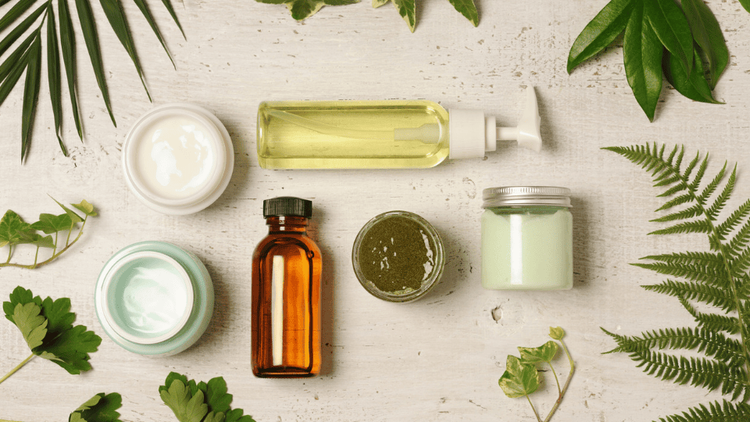
Phenoxyethanol trong mỹ phẩm có tác dụng bảo quản, kháng khuẩn
3. Is Phenoxyethanol safe?
3.1 Regulatory Reviews of Phenoxyethanol There is controversy regarding the safety of phenoxyethanol in cosmetics. In it, focus on allergic reactions that can occur on the skin and affect the nervous system of the newborn.However, the US Food and Drug Administration (FDA) has allowed manufacturers to use phenoxyethanol in cosmetics as an indirect additive in food.
And the expert panel of the Journal of Cosmetic Ingredient Review (CIR) reviewed and rated phenoxyethanol as safe in adults when used topically in very low concentrations.
In addition, the evaluation of the European Commission on Health and Food Safety also confirmed the safety of phenoxyethanol when used at concentrations not exceeding the 1% limit.
3.2 Does Phenoxyethanol in cosmetics cause allergies? Many people who use cosmetics containing phenoxyethanol are concerned about a number of possible health problems, such as skin irritation and allergies. In fact, some people can be allergic to phenoxyethanol but depending on the person, the degree of allergy will vary with manifestations such as skin rash, eczema, skin irritation, even anaphylaxis, however this happens very rarely.
Contact dermatitis has also been reported to occur in some people when exposed to phenoxyethanol contained in the gel used for ultrasound. However, as with anaphylaxis, the frequency with which phenoxyethanol causes contact dermatitis is very low.
For infants, phenoxyethanol has been studied to potentially affect the central nervous system of infants exposed to this chemical. Therefore, if you are allergic to phenoxyethanol, are pregnant or nursing, you should avoid exposure to phenoxyethanol and consider using products containing phenoxyethanol for children under 3 years of age.
Phenoxyethanol in cosmetics is safe when used in concentrations not exceeding 1% in people with no history of allergies. However, not so that can apply, apply cosmetics containing a lot of phenoxyethanol, leading to accumulation of phenoxyethanol on the skin. Because of this, there are always many potential health risks.
Refer to the information on the website of Vinmec International General Hospital to get more useful knowledge in beauty and health protection issues.
Please dial HOTLINE for more information or register for an appointment HERE. Download MyVinmec app to make appointments faster and to manage your bookings easily.
Reference source: healthline.com



